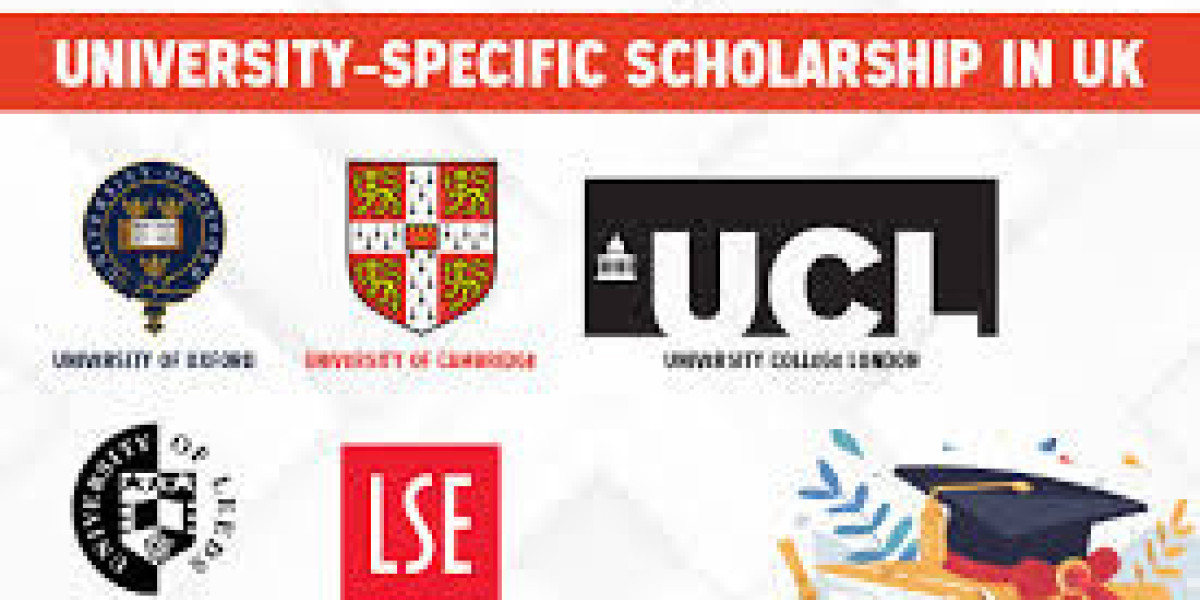Fortunately, scholarships in UK are the great equalizer. They break down financial barriers, making it possible for talented, deserving students from diverse backgrounds to access world-class education.
With 2025 marking a period of renewed global mobility post-pandemic, a surge in international collaboration, and increased government and institutional investment in education, scholarships have become more diverse and accessible than ever. This handbook will guide you through everything you need to know about study abroad scholarships in 2025—from the types available and where to find them to application strategies, common mistakes, and success stories.
Why Scholarships Matter More in 2025
In recent years, international education has shifted dramatically. Rising tuition fees, global economic fluctuations, and inflation mean that students face higher costs than ever before. At the same time, governments and universities recognize that attracting international talent fuels innovation, strengthens diplomacy, and boosts economies.
That’s why 2025 presents a unique environment: scholarships are not just abundant, but also strategically designed to support global talent mobility. More funds are now directed toward:
STEM fields (technology, AI, renewable energy, healthcare).
Sustainability and climate action programs.
Diversity and inclusion—especially scholarships for women, refugees, and underrepresented groups.
Partnerships between countries to foster cultural and professional ties.
Types of Study Abroad Scholarships
Scholarships vary widely in scope, funding, and eligibility. Here are the key categories every student should understand:
1. Government-Funded Scholarships
National governments offer scholarships to build global relationships and invest in future leaders. Examples:
Chevening Scholarships (UK): Fully funded for one-year master’s programs, focusing on leadership.
Fulbright Program (USA): Grants for students, researchers, and professionals worldwide.
Erasmus+ (EU): Covers tuition, travel, and living for students within Europe and beyond.
Australia Awards: For students from developing nations in Asia, the Pacific, and Africa.
2. University-Specific Scholarships
Universities themselves often provide scholarships to attract top international students.
Rhodes Scholarships (Oxford, UK): Prestigious awards for postgraduate study.
Gates Cambridge (Cambridge, UK): Full-cost scholarships for outstanding students.
DAAD Scholarships (Germany): Supports students in master’s and PhD programs.
University of Melbourne International Scholarships (Australia): Full or partial fee waivers.
3. Private and Non-Profit Scholarships
Charities, foundations, and corporations also provide funding:
Rotary Foundation Global Grants: Supports graduate-level coursework in fields like peace and disease prevention.
Mastercard Foundation Scholars Program: Helps African students access education worldwide.
Wellcome Trust Scholarships: Focuses on health and life sciences.
4. Field-Specific Scholarships
Many scholarships target specific fields of study:
Women in STEM Scholarships (British Council).
Journalism Fellowships (Reuters, Knight Foundation).
Environmental Studies Awards (UNESCO partnerships).
5. Country-Specific or Region-Based Scholarships
Some are reserved for students from particular regions:
Japanese Government (MEXT) Scholarships: For students pursuing studies in Japan.
Turkiye Burslari Scholarships: For students across the globe studying in Turkey.
Canadian Vanier CGS: For doctoral students from around the world.
What Do Scholarships Typically Cover?
Scholarship benefits can differ widely. Common coverage includes:
Full Tuition Fees: Many scholarships cover the cost of your degree entirely.
Partial Fee Waivers: Reduces tuition costs but not living expenses.
Living Stipend: Monthly allowance for housing, food, and daily needs.
Travel Expenses: International flights and relocation costs.
Health Insurance: Coverage under national or university health systems.
Research Grants: For academic or professional projects abroad.
Tip: Always check the fine print. Some scholarships cover “full funding,” while others may only offset tuition fees.
The Application Process: Step-by-Step
Applying for scholarships can feel overwhelming, but a structured approach simplifies the journey.
Step 1: Research Early
Start 12–18 months in advance. Create a list of scholarships relevant to your program, destination, and background.
Step 2: Understand Requirements
Each scholarship has specific criteria—grades, language proficiency, leadership roles, or community service.
Step 3: Prepare Key Documents
You’ll typically need:
Academic transcripts
Proof of English (or host-country language) proficiency
Statement of purpose/personal essay
Letters of recommendation
CV or resume
Proof of extracurricular or leadership activities
Step 4: Craft a Compelling Personal Statement
Highlight:
Your academic excellence
Leadership qualities
How your studies align with scholarship goals
Your long-term vision for contributing to society
Step 5: Apply Early
Don’t wait until the deadline. Submitting early ensures your application is considered seriously.
Step 6: Prepare for Interviews
Some scholarships involve virtual or in-person interviews. Practice answering questions about your goals, achievements, and motivation.
Common Mistakes to Avoid
Generic Applications: Tailor each application; don’t copy-paste essays.
Ignoring Deadlines: Many scholarships close applications months before the academic year starts.
Weak References: Choose referees who know your work well.
Poor Proofreading: Grammatical errors reflect carelessness.
Overlooking Small Scholarships: Smaller awards add up and are often less competitive.
Real-Life Success Stories
Case 1: The Future Engineer from Kenya
Mary, a student from Nairobi, won a DAAD scholarship to study renewable energy in Germany. Today, she designs sustainable solar projects that bring electricity to rural Kenyan villages.
Case 2: The Educator from Pakistan
Ali received a Chevening Scholarship to pursue education policy in the UK. He returned home to reform national literacy programs, impacting thousands of children.
Case 3: The Scientist from Brazil
Carla earned a Fulbright grant for biomedical research in the U.S. She is now leading a research lab working on cancer immunotherapy.
These stories prove scholarships are more than financial support—they are catalysts for global change.
Scholarships by Destination in 2025
United Kingdom
Chevening, Commonwealth, Rhodes, Gates Cambridge
University-specific international awards
United States
Fulbright, Hubert H. Humphrey Fellowship, AAUW Fellowships
Ivy League merit-based and need-based awards
Europe
Erasmus+, DAAD (Germany), Eiffel Scholarships (France), Swedish Institute Scholarships
Australia
Australia Awards, Research Training Program (RTP), university merit scholarships
Asia
MEXT (Japan), Chinese Government Scholarships (CSC), Korea Global Scholarships (GKS)
Canada
Vanier CGS, Trudeau Foundation Scholarships, provincial awards
The Future of Study Abroad Scholarships
Scholarship trends are evolving with the times. In 2025, expect:
More Online/Hybrid Study Grants: With digital learning becoming mainstream, funding may support online international courses.
Climate and Sustainability Focus: Programs tied to green technologies and sustainable development will grow.
Diversity Expansion: Scholarships for underrepresented groups (women, LGBTQ+, refugees) will expand.
Industry-Linked Scholarships: Corporations are increasingly offering funding to train future employees in AI, fintech, and healthcare.
AI in Applications: Many scholarship platforms will use AI tools to screen applications—precision in essays and structured CVs will be critical.
Practical Tips for 2025 Applicants
Build a Scholarship Calendar: Note deadlines 6–12 months ahead.
Engage in Community Work: Leadership and service stand out in applications.
Leverage LinkedIn: Connect with alumni and scholarship recipients.
Seek Mentors: Professors, past recipients, or advisors can guide you.
Stay Persistent: Many successful applicants failed once before succeeding.
Conclusion
Scholarships are the bridge between dreams and reality. In 2025, opportunities are more abundant and inclusive than ever before. With the right research, preparation, and persistence, any student—regardless of background—can unlock the door to world-class education.
This handbook is your starting point: understand the options, master the application process, avoid pitfalls, and get inspired by those who came before you. Education without borders is no longer a dream—it’s within reach.
If your ambition is strong and your preparation thorough, a scholarship in 2025 could change not just your life, but the lives of countless others in your community and beyond.







